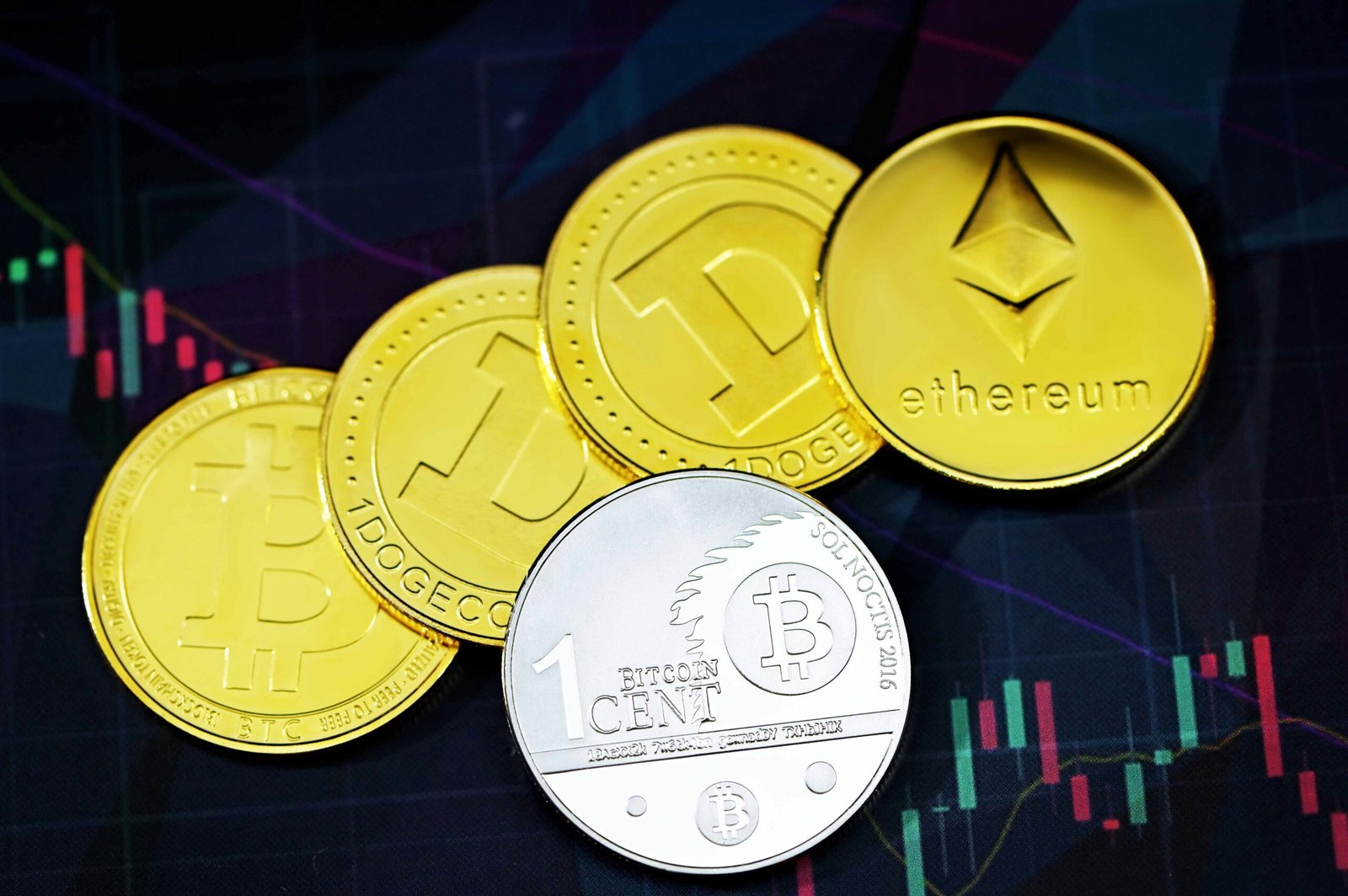
Within the cryptocurrency market, assets are often categorized based on their characteristics and use cases. These categories help investors and traders better understand the different types of cryptocurrencies and their potential value. In this article, we will explore the major categories within the cryptocurrency market.
Cryptocurrencies
The first category is cryptocurrencies, which are digital or virtual currencies that use cryptography for security. The most well-known cryptocurrency is Bitcoin, which was created in 2009. Bitcoin operates on a decentralized network called blockchain, which ensures transparency and immutability of transactions. Cryptocurrencies like Bitcoin are typically used as a medium of exchange, store of value, or investment asset.
Altcoins
Altcoins, short for alternative coins, refer to cryptocurrencies other than Bitcoin. These coins were developed as alternatives to Bitcoin and often offer additional features or improvements. Some popular altcoins include Ethereum, Ripple, and Litecoin. Ethereum, for example, introduced the concept of smart contracts, which are self-executing contracts with the terms of the agreement directly written into code. Altcoins provide investors with a wider range of options and investment opportunities within the cryptocurrency market.
Stablecoins
Stablecoins are a type of cryptocurrency that are pegged to a stable asset, such as a fiat currency like the U.S. dollar. The purpose of stablecoins is to minimize price volatility, making them more suitable for everyday transactions and as a store of value. Stablecoins achieve stability by maintaining reserves of the underlying asset or by using algorithms to control the supply and demand. Tether (USDT) and USD Coin (USDC) are examples of stablecoins that are pegged to the U.S. dollar.
Utility Tokens
Utility tokens are tokens that are used within a specific blockchain ecosystem. These tokens provide access to a product or service within the network and are not intended to be used as a currency. For example, within the Ethereum network, the native token called Ether (ETH) is used to pay for transaction fees and to deploy and run smart contracts. Utility tokens have utility value within their respective ecosystems and are often distributed through initial coin offerings (ICOs) or token sales.
Security Tokens
Security tokens represent ownership or investment in a real-world asset, such as shares in a company or ownership of real estate. These tokens are subject to securities regulations and provide investors with certain rights and benefits. Security tokens differ from utility tokens as they are tied to external assets and are designed to comply with legal requirements. Security tokens offer the potential for fractional ownership and increased liquidity, making it easier to buy and sell assets traditionally considered illiquid.
Conclusion
The cryptocurrency market consists of various categories that help classify different types of digital assets. Cryptocurrencies like Bitcoin serve as a medium of exchange and store of value, while altcoins provide alternative features and improvements. Stablecoins offer stability by being pegged to a stable asset, and utility tokens have utility value within specific blockchain ecosystems. Security tokens represent ownership or investment in real-world assets and comply with securities regulations. Understanding these categories can help investors navigate the cryptocurrency market and make informed investment decisions.

